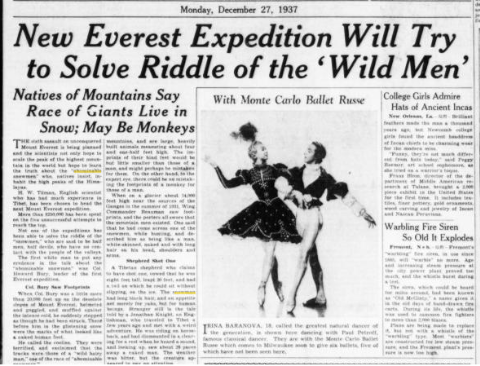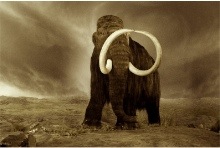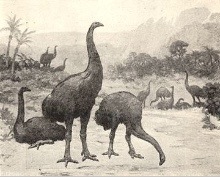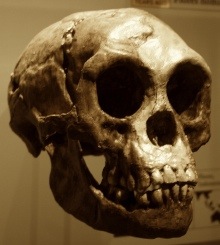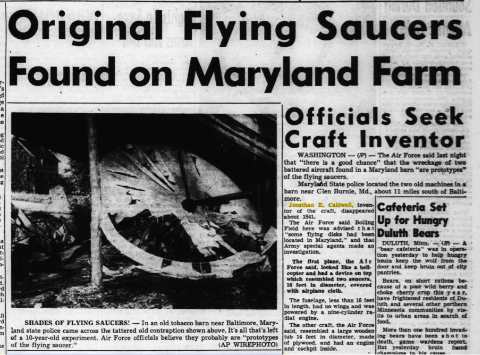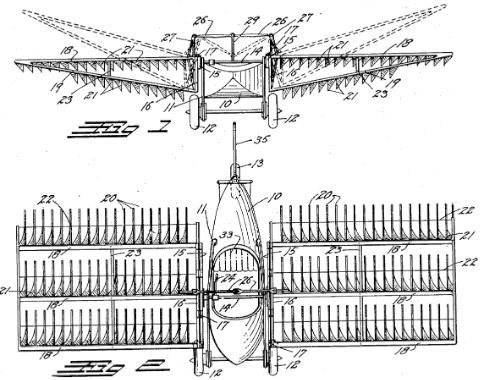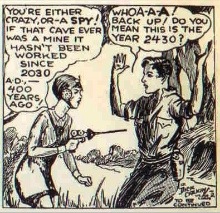
 We know Charles Babbage as the inventor of the Difference Engine, the pre-cursor to the modern computer, but what about Charles Babbage, investigator for the occult and supernatural? As a young man he decided to find out if Satan was real – by trying to invoke him in a demonic ritual.
We know Charles Babbage as the inventor of the Difference Engine, the pre-cursor to the modern computer, but what about Charles Babbage, investigator for the occult and supernatural? As a young man he decided to find out if Satan was real – by trying to invoke him in a demonic ritual.
In his biography he recounts his attempt at summoning the dark lord…
I carefully collected from the traditions of different boys the visible forms in which the Prince of Darkness had been recorded to have appeared. Amongst them were — A rabbit, An owl, A black cat, very frequently, A raven, A man with a cloven foot, also frequent.
After long thinking over the subject, although checked by a belief that the inquiry was wicked, my curiosity at length over-balanced my fears, and I resolved to attempt to raise the devil. Naughty people, I was told, had made written compacts with the devil, and had signed them with their names written in their own blood. These had become very rich and great men during their life, a fact which might be well known. But, after death, they were described as having suffered and continuing to suffer physical torments throughout eternity, another fact which, to my uninstructed mind, it seemed difficult to prove.
As I only desired an interview with the gentleman in black simply to convince my senses of his existence, I declined adopting the legal forms of a bond, and preferred one more resembling that of leaving a visiting card, when, if not at home, I might expect the satisfaction of a return of the visit by the devil in person.
I then placed myself in the centre of the circle, and either said or read the Lord’s Prayer backwards. This I accomplished at first with some trepidation and in great fear towards the close of the scene. I then stood still in the centre of that magic and superstitious circle, looking with intense anxiety in all directions, especially at the window and at the chimney. Fortunately for myself, and for the reader also, if he is interested in this narrative, no owl or black cat or unlucky raven came into the room.
The reported failure of the devil to appear increased his skepticism of religion. he decided to seek out other evidence of the paranormal so Babbage and friends started a Ghost Club to investigate apparitions and other unusual phenomena:
If they heard of a phantom, these spiritual detectives speedily put themselves in pursuit ; and a haunted house was doubtless as welcome a phenomenon to them as an extraordinary dwarf, a calf without joints, or a kitten with six legs, was to the first Fellows of the Royal Society. Letters many were written on these topics, and some of the correspondence, we are told, was both ‘ interesting and instructive.’ It was certainly a very business-like mode of dealing with spectres, and indicates the true method of establishing these beings in their rights, or of expelling them, as creatures of fancy, from human philosophy.
Charles Babbage and his friends in the Ghost Club would go on to form another group calling themselves “The Extractors”. To get into that club you had to produce six certificates, three saying that you were sane and three that you were mad.
Babbage’s biography is a fascinating read. He had an extremely curious mind. It’s no surprise why he was so ahead of his time. If one were prone to believe in demons and the occult, it should make you wonder if the man who created the most advanced machines to ever exist really was unsuccessful at raising the devil…
Below are some links to his works on Google Books. Well worth checking out.
link: The Living age … – Google Books
link: Journals: Living Age (1844 – 1900)

 Welcome to the first official episode of the Weird Things podcast featuring Andrew Mayne, Brian Brushwood and Justin Robert Young.
Welcome to the first official episode of the Weird Things podcast featuring Andrew Mayne, Brian Brushwood and Justin Robert Young.



